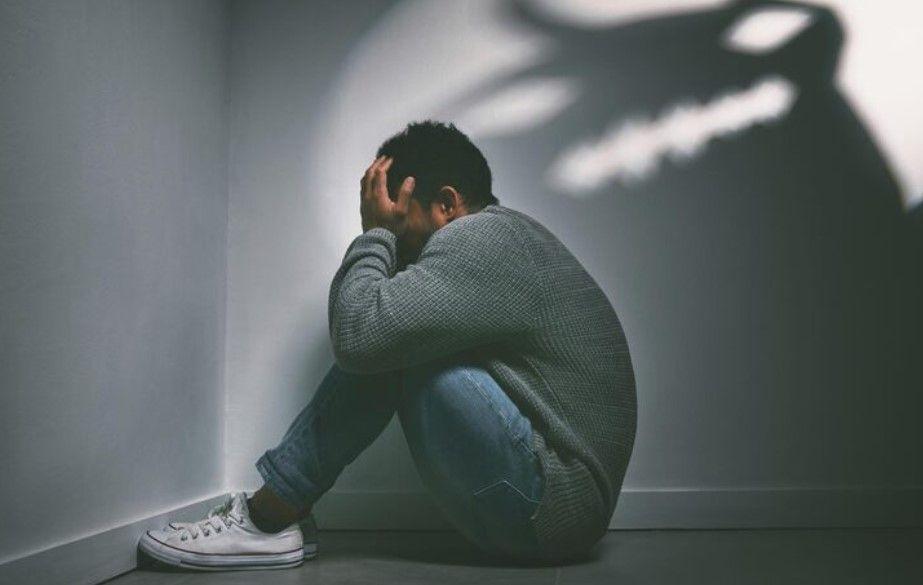Addiction in 2025: Beyond Detox—Toward Integrated Healing
Addiction recovery in 2025 is undergoing a paradigm shift. With rising polysubstance use—especially combinations of fentanyl, stimulants, and alcohol—treatment centers are embracing multidimensional care models. Innovations include AI-assisted relapse prediction, trauma-informed therapy, and digital recovery communities. Compassionate, personalized approaches are replacing rigid protocols, recognizing addiction as a biopsychosocial condition requiring long-term support.
From Crisis Response to Continuum of Care
Traditional models of addiction treatment often focused on short-term detoxification and abstinence. But relapse rates remained high, and many individuals cycled through treatment without lasting recovery. In 2025, care is shifting toward a continuum model—one that includes:
- Trauma-informed therapy addressing root causes like abuse, neglect, and systemic oppression.
- Long-term recovery planning with wraparound services: housing, employment, and mental health support.
- Peer-led communities that foster connection and accountability beyond clinical walls.
Neuroscience Meets Compassion
Breakthroughs in brain imaging and neuroplasticity have deepened our understanding of addiction as a chronic brain condition. Treatments now include:
- Neurofeedback and brain stimulation to regulate reward pathways.
- AI-assisted relapse prediction, using wearable data and behavioral patterns.
- Psychedelic-assisted therapy, especially with psilocybin and MDMA, showing promise in trauma-linked addiction cases.
These approaches are paired with compassionate care—recognizing that shame and isolation often fuel addiction more than the substances themselves.
Cultural Shifts and Policy Reform
Globally, addiction is being reframed as a public health issue rather than a criminal one. Countries like Portugal and Canada continue to lead in decriminalization and harm reduction. In the Philippines, advocacy groups are pushing for:
- Community-based rehabilitation over punitive models.
- Mental health integration in barangay health centers.
- Youth-focused prevention, especially in digital spaces where substance promotion is rampant.
Digital Recovery and Telehealth Expansion
With the rise of virtual care, recovery is more accessible than ever. Apps now offer:
- Daily check-ins and mood tracking
- Virtual group therapy and sponsor support
- Crisis intervention and relapse alerts
These tools are especially vital in rural and underserved areas, bridging gaps in care and reducing stigma.
Language Matters: From “Addict” to “Person in Recovery”
The language of addiction is evolving. Labels like “addict” are being replaced with person-first terms that honor dignity and humanity. This shift reflects a deeper cultural movement—one that sees recovery not as a return to baseline, but as a journey of transformation.
Looking Ahead: Integrated Healing as the New Standard
In 2025, the most effective addiction care is holistic, inclusive, and rooted in empathy. It recognizes that healing requires more than abstinence—it demands connection, purpose, and systemic change. As institutions, communities, and individuals rise to meet this challenge, the future of addiction recovery looks more hopeful
than ever.
CATEGORIES












